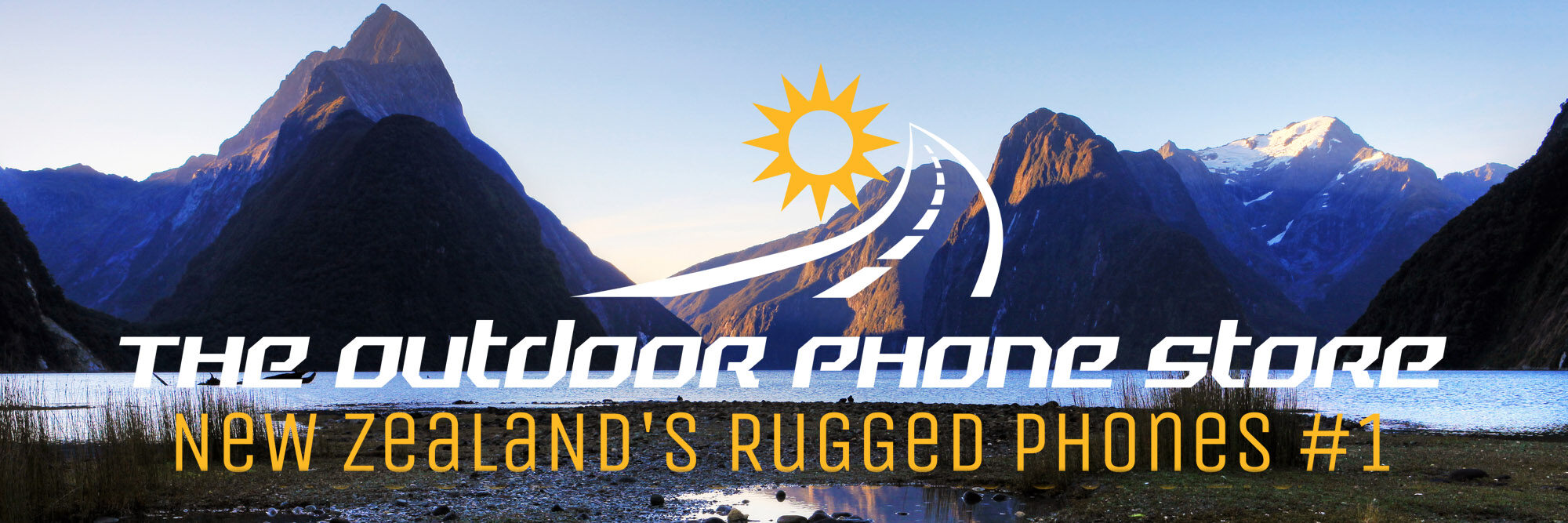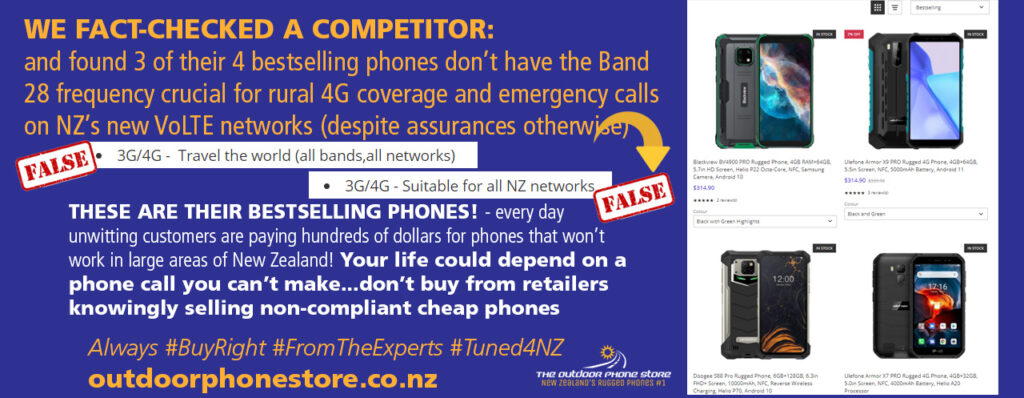 ORBIT OR OBIT?
ORBIT OR OBIT?
There’s a lot of talk of space tourism after Spaceship One, but not much about the risk, says Pat Sheil
So a privately-funded manned flight has finally made it into space. Some see it as the greatest breakthrough in transportation technology since the Wright Brothers. Others deride it as the ultimate toy for the obscenely rich – the most expensive roller coaster ride of all time.
The reality of Spaceship One and the much-heralded dawn of commercial space flight lies somewhere between these two caricatures. These sub-orbital hybrid rocket planes are technically brilliant machines which serve no real purpose other than to break records and impress the socks off techno-heads. And just possibly make money – not as serious working vehicles, but as the wildest fairground ride ever to make it from the drawing board to the ticket booth.
Spaceship One is the brainchild of radical aeronautical engineer Burt Rutan. Radical? Well, a spaceship powered by burning rubber in compressed laughing gas has to qualify as an extreme machine, but it works. Rutan’s team claimed the US$10 million X Prize in September by being the first re-usable piloted vehicle to reach space twice in a fortnight.
The prize was established in 1995 by a group of space enthusiasts and business groups in St. Louis in an attempt to kick-start commercial space flight, in much the same way that the funding of Charles Lindbergh’s Spirit of St. Louis 1927 trans-Atlantic flight encouraged investment in aviation through the 1930s. The twice-in-a-fortnight stipulation was made to guarantee that the winning craft was genuinely re-usable.
Spaceship One’s victory was not exactly a commercial triumph in itself, given that Microsoft co-founder Paul Allen poured twice the prize’s value into the project. But ever since, the hype merchants have been letting the world know that the age of affordable private space travel has finally arrived.
The boosters have now gone into overdrive with the announcement by Virgin Group founder Richard Branson of the formation of his new ‘spaceline’, Virgin Galactic, which is already taking expressions of interest from hundreds of well-heeled space cadets for the first commercial flights.
Branson talks of a son-of-Spaceship One, a craft already being designed, which will carry five passengers instead of two, and blast thrill seekers into the void for as little as US$200,000. Incredibly, he says that this could all be up and running as soon as 2007.
That mightn’t sound like a cheap ticket for a four hour journey into space, but by today’s aerospace standards that’s exactly what it is. Branson estimates that there are at least 3,000 people in the world with a lazy 200 grand lying around and a hankering for a few minutes of zero-G, more than enough to make to make the project workable.
However you cut the numbers, space tourism is certainly cheaper than it was – the first billionaire to ride in space as a paying customer, Dennis Tito, paid around $US20 million to the Russians for the experience in 2001. Tito made a fortune with the finance company he founded after leaving NASA in the 1960s, and while he was the 415th person in space, he was, at 60 years of age, the first paying customer.
Hardly a cheap ticket, but Tito spent days in actual orbit, 300 kilometers up, on the International Space Station. Branson’s rocket planes will reach 100 kilometers – the official if somewhat arbitrary boundary of space – and fall back to earth without getting anywhere near earth orbit. (This is what the X-15 rocket planes of the ‘60s managed to achieve before they were abandoned in favour of the moon program’s heavy multi-stage booster rockets and the space shuttle. Still, you do get the zero-G experience, and the view’s pretty good from 100 kilometers…)
The view was also pretty good for another bunch of wealthy thrill seekers on May 6, 1937, as they approached Lakehurst, New Jersey, aboard what was then considered the grooviest, hippest travel experience on earth. Thirty-five seconds after an orange glow was spotted near the tail section, the Hindenburg, and the age of the airship, lay in a twisted pile of flaming wreckage, only two hundred metres from the landing mast.
It’s hard to imagine that the consequences of a fatal accident on a Virgin Galactic jaunt would be much different. Unlike commercial aviation, space joy rides have no utility, and thus a very low level of acceptable risk.
And just because they’re the ones taking the risk, does that make it OK for wealthy adventurers to blast themselves holus-bolus into the ionosphere? Ferris wheels that collapse aren’t acceptable. What’s the difference, apart from the scale of the ride? Part of the problem is that when space shots fail, they can fail spectacularly, and come down just about anywhere.
The nub of the problem was simply expressed by Senator Bart Gordon of the US Senate’s Science, Technology and Space Subcommittee in July last year. Industry representatives had appeared before the Committee to insist that the US Government indemnify the industry against such disasters. ‘Commercial human space flight may be an idea whose time is about to come,’ said Gordon.
‘However, if it is to succeed, industry and government need to enter into a serious dialogue on the issues of appropriate safety standards and the extent to which it is appropriate for the Government to indemnify the companies against the consequences of launch accidents.’
In other words, ‘We’re none to sure about all this – leave it with us for a while.’
One-time exo-tourist Dennis Tito suggested to the committee that once there had been several sub-orbital launches, that would be sufficient to establish a ‘record of safety’. The committee was dubious about this.
Jeff Greason of XCOR Aerospace is a possible Virgin Galactic competitor, as are a few of the twenty-odd teams who originally registered as X-Prize competitors and are still working on their launch systems. Greason unintentionally revealed the cavalier nature of the industry’s approach to safety when he breezily reassured the senators that ‘it’s safe enough when customers start showing up’.
Branson’s web site is unclear as to the insurance arrangements for Virgin Galactic, though it appears at this stage that he’s hoping to get away with a simple passenger waiver of all rights against Virgin in case of mayhem. Whether such a document would stand up in court, against the well-advised relatives of very rich victims, is another thing entirely.
The Canadian da Vinci team, who had hoped to snare the X-prize with their Wild Fire rocket, came up against this very problem – as well as a few technical hitches – last month when their Government baulked at indemnifying them against launch accidents. It’s not just the passengers and crew, either. They can take their chances, but ploughing a crippled spaceship into a crowded shopping mall is a different thing entirely.
Nonetheless, there is a sense of inevitably about all of this. Spaceship One has proved that it can be done, and when it comes to new technology, nine times out of ten that means it will be done, in one form or another. And if the International Space Station manages to justify its multi-billion dollar price tag on the waffly argument that we must ‘maintain a human presence in space’ (as George W. Bush puts it), taxpayers will probably be happy to see the work contracted out to private operators if they can do it at a fraction of the cost.
In the hope of long-term budget relief, NASA will next year announce its own version of the X-prize, the Centennial Challenges, which will make awards of up to $20 million for private companies who first achieve feats like robotic moon landings and asteroid sample-return missions.
The Centennial Challenge program manager Brant Sponberg said recently that the agency would have to get approval from Congress first.
‘We can only make awards of up to $250,000 at the moment. Starting next year we hope to have legislative authority to award purses above this level.’
There are politicians in the United States who want NASA to make big money available for private projects. One senator on the Science, Technology and Space Committee, Republican Sam Brownback, is proposing that NASA award $200 million for the first private manned orbiting mission – a lot more than the $10 million X Prize for sub-orbital flights, and a good indication of the work private launch operators have to do before they break into the big time.
But whatever the financial incentives, and no matter how careful the players and strict the rules, inevitably, over time, there will be accidents. It’s just a matter of whether they are bad enough to stop one or two spacecraft, or bad enough to kill an industry.
Engineers and legislators received a salutary reminder of this on October 15 this year. The Chinese had announced that an unmanned test shot of the FSW-20 ‘recoverable satellite’ had ended successfully. By this they meant that the capsule had been retrieved. They didn’t – at first – admit that it had crashed into a four storey apartment building in the town of Daying, miraculously without loss of life, as all the residents were off shopping at the local market.
No real harm done to the Chinese space program, either. But Richard Branson, and those who come after him, won’t be running the Chinese space program.







